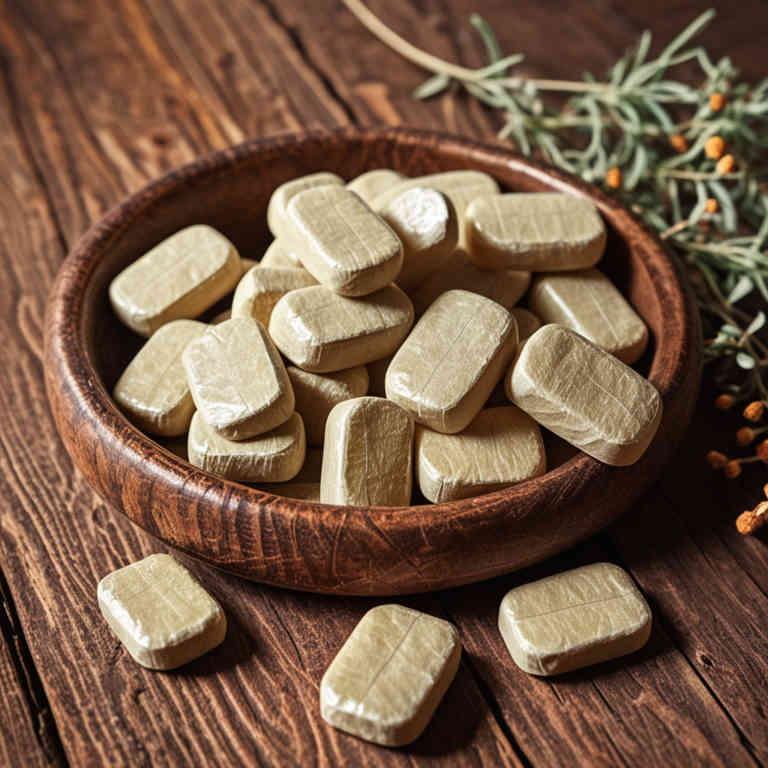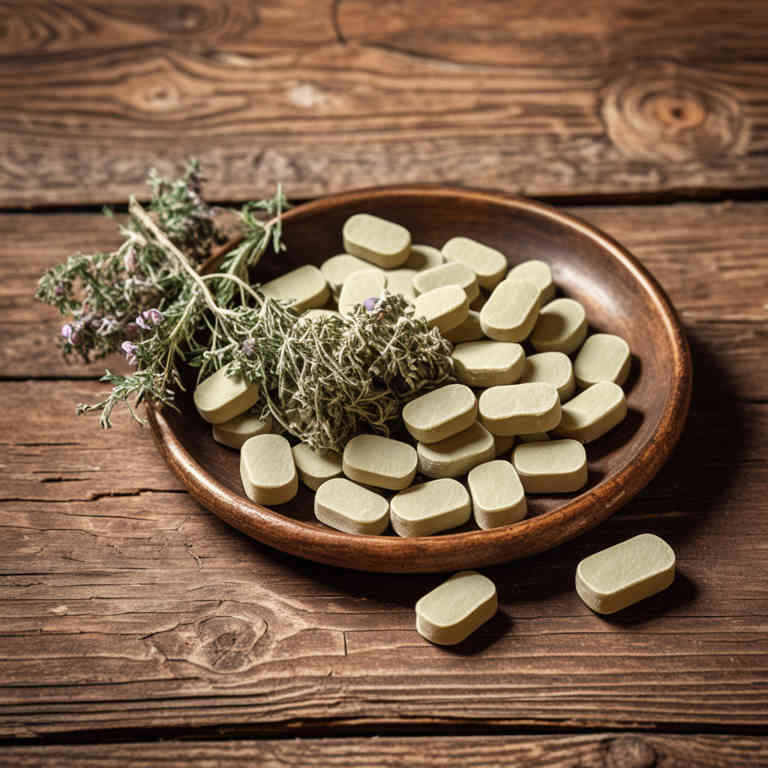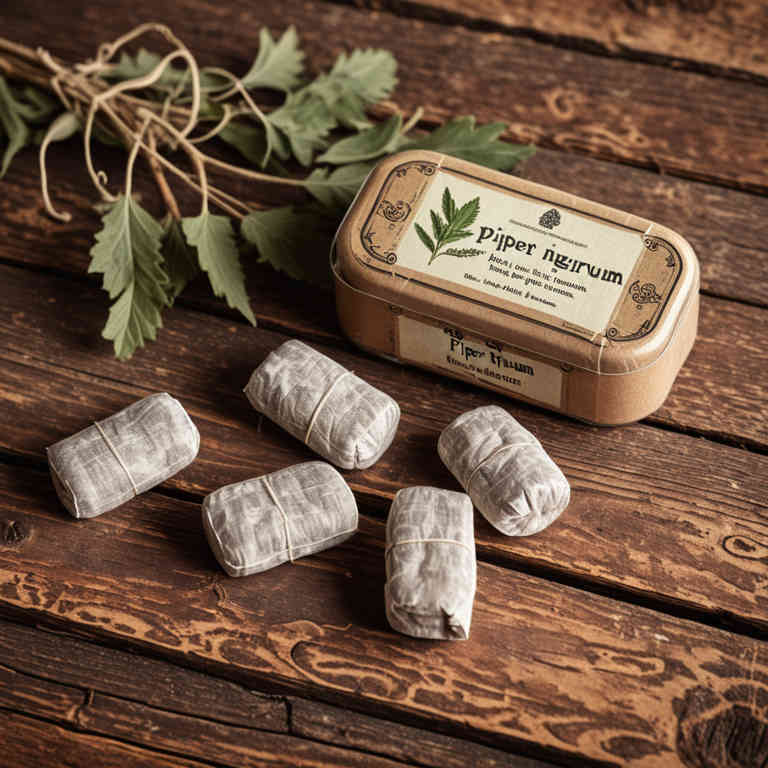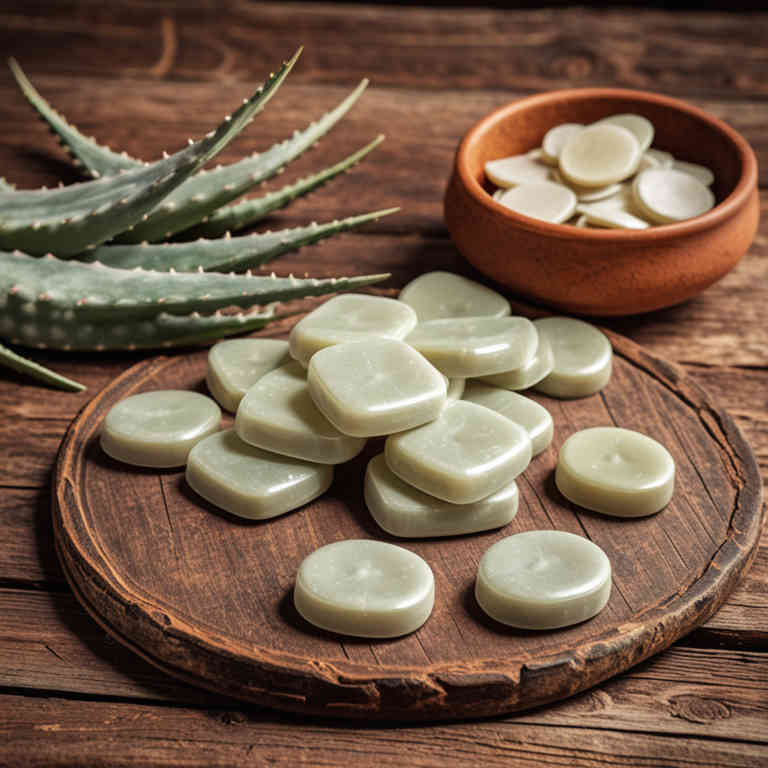10 Best Herbal Lozenges For Fungal Infection

Herbal lozenges are natural remedies that contain plant-based ingredients known for their antimicrobial and antifungal properties, making them a popular alternative to conventional antifungal medications.
These lozenges often include ingredients such as echinacea, garlic, tea tree oil, and calendula, which have been traditionally used to combat fungal infections in the throat and mouth. They work by reducing inflammation, neutralizing harmful fungi, and promoting the healing of infected tissues. While they may provide relief for mild fungal infections, they are generally not a substitute for prescription antifungal treatments in more severe cases.
It is important to consult a healthcare professional before using herbal lozenges, especially if symptoms persist or worsen.
FREE Herb Drying Checklist
How to make sure every batch retains maximum flavor, color, and aroma without the risk of mold or over-drying. Eliminate guesswork and trial-and-error, making herb drying faster, easier, and more efficient every time.
Table of Contents
1. Zingiber officinale

Zingiber officinale, commonly known as ginger, has been traditionally used for its antimicrobial and anti-inflammatory properties.
Herbal lozenges containing ginger extract are increasingly being explored for their potential in treating fungal infections, particularly in the oral cavity. The active compounds in ginger, such as gingerol and zingiberene, exhibit antifungal activity by disrupting fungal cell membranes and inhibiting biofilm formation. These lozenges offer a natural and potentially safer alternative to conventional antifungal medications, especially for patients seeking holistic treatment options.
However, further clinical research is needed to fully establish their efficacy and safety in managing fungal infections.
2. Curcuma longa

Curcuma longa, commonly known as turmeric, has been widely studied for its potent antimicrobial properties, making it a promising natural remedy for fungal infections.
The active compound in curcuma longa, curcumin, exhibits strong antifungal effects by disrupting the fungal cell membrane and inhibiting the growth of various fungal species. Curcuma longa herbal lozenges are formulated to deliver curcumin directly to the affected area, enhancing localized treatment for oral or throat fungal infections. These lozenges are often preferred for their mild side effect profile and natural origin, making them a safe alternative to conventional antifungal medications.
Incorporating curcuma longa lozenges into a holistic treatment plan may support the body's natural defenses against fungal infections.
3. Echinacea purpurea

Echinacea purpurea herbal lozenges are commonly used as a natural remedy to support the body's immune response against fungal infections.
These lozenges contain extracts from the purple coneflower, which is known for its anti-inflammatory and antimicrobial properties. While research suggests that echinacea may help reduce the duration and severity of certain infections, its effectiveness specifically against fungal pathogens remains inconclusive. Some studies indicate that echinacea might inhibit the growth of specific fungi, but more clinical trials are needed to confirm these findings.
As a complementary therapy, echinacea lozenges should not replace conventional antifungal treatments prescribed by healthcare professionals.
4. Thymus vulgaris

Thymus vulgaris herbal lozenges, derived from the common thyme plant, are traditionally used to support the body's natural defenses against fungal infections.
These lozenges contain essential oils and phytochemicals, such as thymol and carvacrol, which exhibit antifungal properties by disrupting the cell membranes of fungi. They are often recommended as a complementary therapy to help alleviate symptoms and enhance recovery in cases of mild fungal infections, such as oral thrush or candidiasis. The antimicrobial compounds in thyme may inhibit the growth of various fungal species, making them a natural alternative for those seeking non-pharmaceutical options.
However, it is important to consult a healthcare professional before using these lozenges, especially for persistent or severe infections.
5. Salvia officinalis

Salvia officinalis, commonly known as sage, has been traditionally used for its antimicrobial properties, and herbal lozenges containing sage are being explored for their potential in treating fungal infections.
These lozenges may help combat oral and throat fungal infections by inhibiting the growth of Candida and other yeast species due to the presence of essential oils and flavonoids. Sage's phytochemical composition, including thujone and camphor, contributes to its antifungal activity, making it a promising natural alternative to conventional antifungal treatments. While preliminary studies show encouraging results, more clinical research is needed to fully establish their efficacy and safety for long-term use.
Overall, salvia officinalis herbal lozenges offer a complementary approach to managing fungal infections, especially in individuals seeking natural remedies.
6. Piper nigrum

Piper nigrum, commonly known as black pepper, has been traditionally used in herbal medicine for its antimicrobial and antifungal properties.
Piper nigrum herbal lozenges are formulated to harness the active compound piperine, which exhibits potent antifungal activity against various pathogenic fungi. These lozenges are often used to alleviate symptoms of oral fungal infections such as thrush, by reducing inflammation and inhibiting fungal growth. The natural formulation makes them a safe and effective alternative for individuals seeking non-pharmaceutical treatments.
Regular use of piper nigrum lozenges can support the body's natural defenses against fungal infections while promoting oral health.
7. Cinnamomum zeylanicum

Cinnamomum zeylanicum, commonly known as cinnamon, has been traditionally used for its antimicrobial properties, making it a valuable ingredient in herbal lozenges for fungal infections.
These lozenges harness the essential oils and phytochemicals present in cinnamon, such as cinnamaldehyde and eugenol, which exhibit antifungal activity against common pathogens like Candida and Aspergillus. The natural compounds in cinnamon help to inhibit fungal growth by disrupting the cell membranes of the fungi, thereby reducing infection severity. Herbal lozenges containing Cinnamomum zeylanicum offer a natural alternative for individuals seeking to manage fungal infections without synthetic medications.
Their soothing properties also help alleviate throat discomfort associated with fungal infections, making them a versatile and effective remedy.
8. Cinnamomum verum

Cinnamomum verum, also known as true cinnamon, has been traditionally used for its antimicrobial properties, making it a potential candidate for herbal lozenges targeting fungal infections.
The essential oils extracted from the bark of Cinnamomum verum contain compounds like cinnamaldehyde and eugenol, which exhibit antifungal activity against various strains of fungi. These lozenges may help in reducing oral fungal infections such as candidiasis by inhibiting fungal growth and soothing inflamed tissues. While preliminary studies suggest its efficacy, more clinical research is needed to confirm its safety and effectiveness as a treatment option.
As a natural remedy, Cinnamomum verum lozenges offer an alternative for individuals seeking non-pharmaceutical approaches to manage fungal infections.
9. Hypericum perforatum

Hypericum perforatum, commonly known as St. John's Wort, is traditionally used in herbal medicine for its potential antimicrobial properties.
Herbal lozenges containing Hypericum perforatum may help in the treatment of certain fungal infections due to the plant's bioactive compounds, such as hypericin and hyperforin, which have been shown to exhibit antifungal activity. These lozenges are often used as a natural alternative or complementary therapy to conventional antifungal treatments. However, it is important to note that while some studies suggest efficacy, more clinical research is needed to fully establish their effectiveness and safety for fungal infections.
As with any herbal remedy, consultation with a healthcare provider is recommended before use, especially for individuals taking other medications due to potential interactions.
10. Aloe barbadensis

Aloe barbadensis herbal lozenges are formulated with the gel of the aloe plant, known for its soothing and antimicrobial properties.
These lozenges are often used as a natural remedy to support the treatment of fungal infections, particularly in the oral cavity. The active components in aloe barbadensis, such as polysaccharides and anthraquinones, may help reduce inflammation and inhibit the growth of fungi. While they can complement conventional antifungal treatments, they are not a substitute for medical advice or prescribed medications.
It is important to consult a healthcare professional before using aloe barbadensis lozenges, especially for persistent or severe fungal infections.